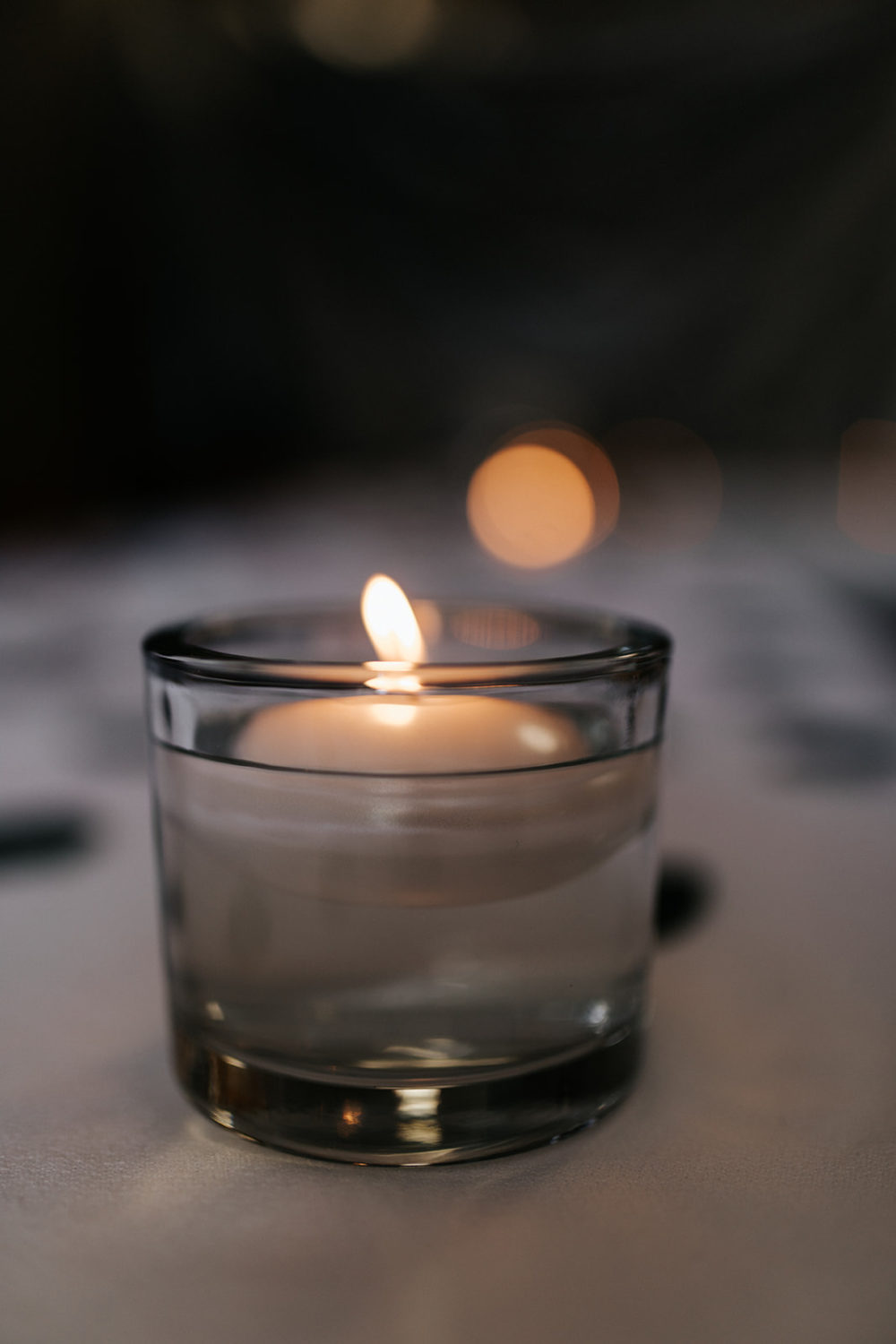Myanmar’s Rohingya ethnic minority have been displaced since 2017, facing all the challenges of being stateless. Then the COVID-19 pandemic broke out, causing a difficult situation to become even more grim.
What is the Rohingya refugee crisis?
Three and a half years ago, in August 2017, the military in Myanmar intitiated a brutal crack down on the Rohingya, a Muslim ethnic minority. The Secretary-General of the United Nations, António Guterres, describes the Rohingya as, “one of, if not the, most discriminated people in the world.” The Buddhist majority nation of Myanmar had excluded the Rohingya for years and denied them citizenship and legal rights, culminating in the violent campaign led by the Myanmar army in 2017.
The country’s leader, Aung San Suu Kyi, once a leader in the field of human rights and winner of the 1991 Nobel Peace Prize, stood idly by while the military’s armed conflict escalated. Suu Kyi has denied the allegations of genocide, much to the disappointment of the international community.
As a result, nearly a million Rohingya refugees have fled Myanmar into neighboring Bangladesh, a country ill-equipped to accommodate the influx given their own national challenges – especially climate change, given their unique vulnerabilities as a poor, densely populated coastal country. Guterres described the situation as “the world’s fastest-developing refugee emergency and a humanitarian and human rights nightmare.”
The Coup d’etat in Myanmar
The situation became even more uncertain in the past few weeks as Myanmar has seen the government of Aung San Suu Kyi overthrown in a coup d’etat. The military seized control on Feb. 1 of this year after Suu Kyi’s National League for Democracy (NLD) won the general election. Aung San Suu Kyi is back under house arrest, after serving nearly 15 years in detention for her earlier democratic activism. The military junta has declared a state of emergency for a year, giving them flexibility in imposing new restrictions.
The international community condemned the coup, with UN Secretary António Guterres commenting that it was a “serious blow to democratic reforms.” Hundreds of thousands of Myanmar citizens have taken to the streets to protest the coup, despite threats of escalated violence from the military and government-imposed internet blackouts. Just last week, two protesters died at the hands of the military, a show of force meant to quell the opposition but which may have only inspired the people more. It’s too early to say how this recent development will impact the Rohingya people, but the world has an obligation to remain watchful of the junta’s actions.
The Threat of COVID-19 in Bangladeshi Refugee Camps
The Rohingya have found some level of solace in Bangladesh, but conditions have made life extremely difficult. Packed together in makeshift settlements, refugees lack access to basic sanitation facilities and reliable sources of food. The refugee camps in the southwestern part of Bangladesh are home to the largest refugee population in the world. The conditions of these camps are perfect for the spread of another menace: COVID-19. The camps lack clean water, access to face masks and gloves, communication devices, while also neglecting refugee education with low literacy rates.
Bangladesh faces its own confluence of risk factors: high population density, poor infrastructure, lack of public COVID-19 awareness, overcrowded urban areas, and limited healthcare capacity. The threat of COVID-19 looms incredibly large. In May, the first confirmed case of COVID-19 arrived in the camps, and officials were quite concerned. Although the figures remain low, with only 62 confirmed cases 2 months later in July, there is concern that the low positivity is the result of a lack of testing. The Bangladesh country director of the International Rescue Committee, Manish Agrawal, argues that “the disease will devastate the refugee and local population.”
“The population shares water and hygiene facilities such as toilets, bathing facilities and water points resulting in long queues and unavoidable unsanitary conditions. There’s just not enough soap and water nor space for them to follow proper guidance to protect themselves from the disease. Without efforts to increase health care access, improve sanitation, isolate suspected cases and decongest the camp, the disease will devastate the refugee and local population here.”
Manish Agrawal, International Rescue Committee Bangladesh Country Director
A Glimmer of Hope
Community health workers in the Bangladesh refugee camps offer a beacon of light in the fight against COVID-19. As fear and stigma swirl surrounding COVID-19, there are many who are well-posed and ready to help. According to the UNHCR, “community health workers are the key players who intervene immediately.” Community health workers regularly go door to door in the makeshift camps to share public health information and look for signs of illness. They are the “bridge between refugee communities and health facilities,” playing a critical role in the fight against not just the virus, but misinformation about the pandemic as well.
How can you help?
The United Nations has called for lasting solutions to the Rohingya crisis, particularly in light of the COVID-19 pandemic. This requires governments to take bold action and international coalitions to work together to help alleviate suffering for the Rohingya people.
There are ways for individuals to help, too.
- Donate to organizations that are doing work on the ground. Some to consider are:
- Learn more about the Rohingya refugee crisis.
- Check out Grace’s article on World Refugee Day and read our articles on refugees and immigration.
- Take time to advocate on behalf of refugees and push for policies that support refugees.
